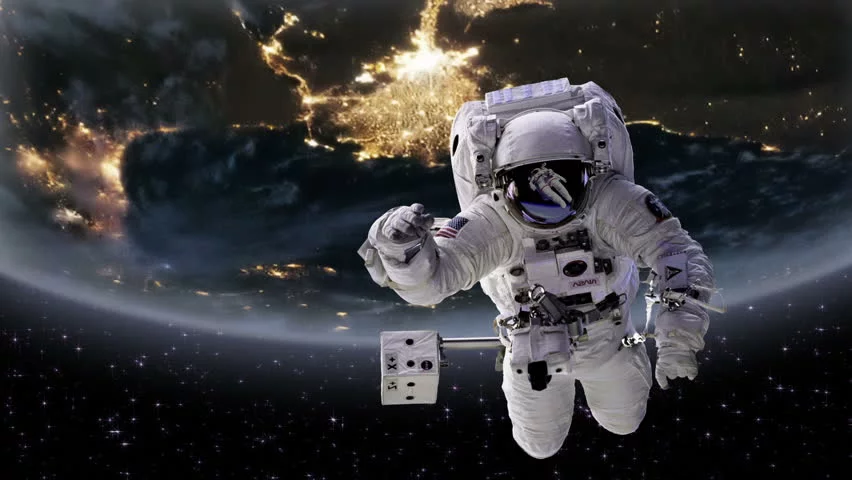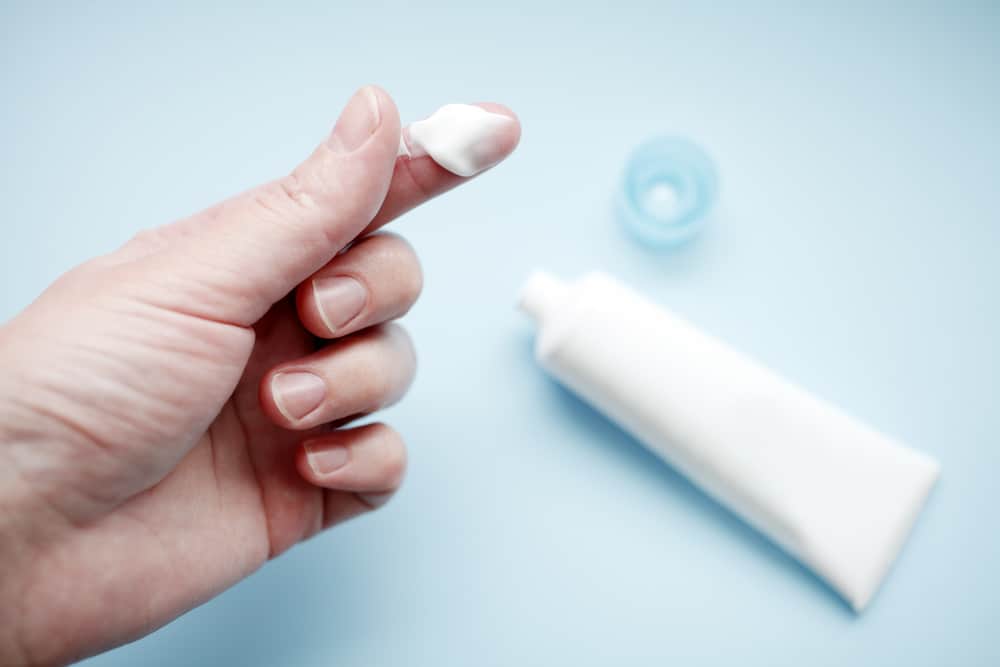Contents:
Medical Video: Living Universe | Journey To Another Stars - Documentary 4K [2018]
Have you ever dreamed of being able to explore space following in the footsteps of Yuri Gagarin or Neil Armstrong, two world famous astronauts?
READ ALSO: What Happens When Astronauts Menstruation in Space?
Many people's dream profession turns out to come with its own risks, which you might never have imagined before. Among the many health changes related to space, such as gaining an additional five centimeters (albeit temporary), NASA astronauts often complain of back pain while on duty and when they return to earth due to weakening of the muscular system that supports the spine a new study published by the journal Spine from Wolters Kluwer. Wow!
Back pain occurs in space, and does not heal even after returning to earth
Astronauts have been suffering from back pain since the late 1980s, when the period of space missions was increasingly extended. Their flight medical data shows that more than half of US astronauts have reported experiencing back pain, especially in the lower back area. Twenty-eight percent of these astronauts show that the pain is classified as moderate to severe pain, which sometimes lasts for the duration of their mission.
Worse, this condition does not return to normal after they return to earth. In the first year on earth upon their return from their mission, astronauts risked experiencing pinched nerves, aka herniated discs, up to 4.3 times higher than military pilot and pilot populations.
This finding was revealed by Dr. Douglas Chang from the University of California, San Diego, as the study's lead author and his research team. These results provide more powerful new insights from the links of back pain and spinal hernia with prolonged space flight.
READ ALSO: 6 Things That Happen to the Human Body in Space
What caused damage to the spine to astronauts?
Chang and his team examined the results of MRI scans from the spine of six NASA space shuttle crews before and after they spent four to seven months in space. Scanning is done before leaving mengangkasa, immediately after landing on earth, and one or two months after settling back on earth.
What they observe is the occurrence of extraordinary damage and shrinkage of the paraspinal muscle mass as long as the astronauts are on duty. Paraspinal muscle is the muscle that is responsible for helping the human posture stay upright, walking, and operating both arms while in the earth's environment, while also preventing the spinal disc from spraining or injury.
In space, the torso (chest, back, and abdomen) extends due to a spinal disc that stretches and floats apart from the absence of gravity to squeeze this disk together. This is what produces additional temporary height while in space.
Over time, exposure to zero gravity also causes a decrease in skeletal muscle capacity so that the curvature of the spine becomes evenly straight. Plus, astronauts rarely use their lower back muscles because they don't bend or overuse their lower back to accommodate movement while in space like when on earth, Chang said. This is the cause of stiffness and back pain, which feels like the body is wrapped in casts for six months without stopping.
READ ALSO: 9 Sure Tips to Stay Fresh During Long Flights
Chang later said that more research must be done to clarify the situation, especially given the possibility of sending humans to manned missions to Mars in the near future.












